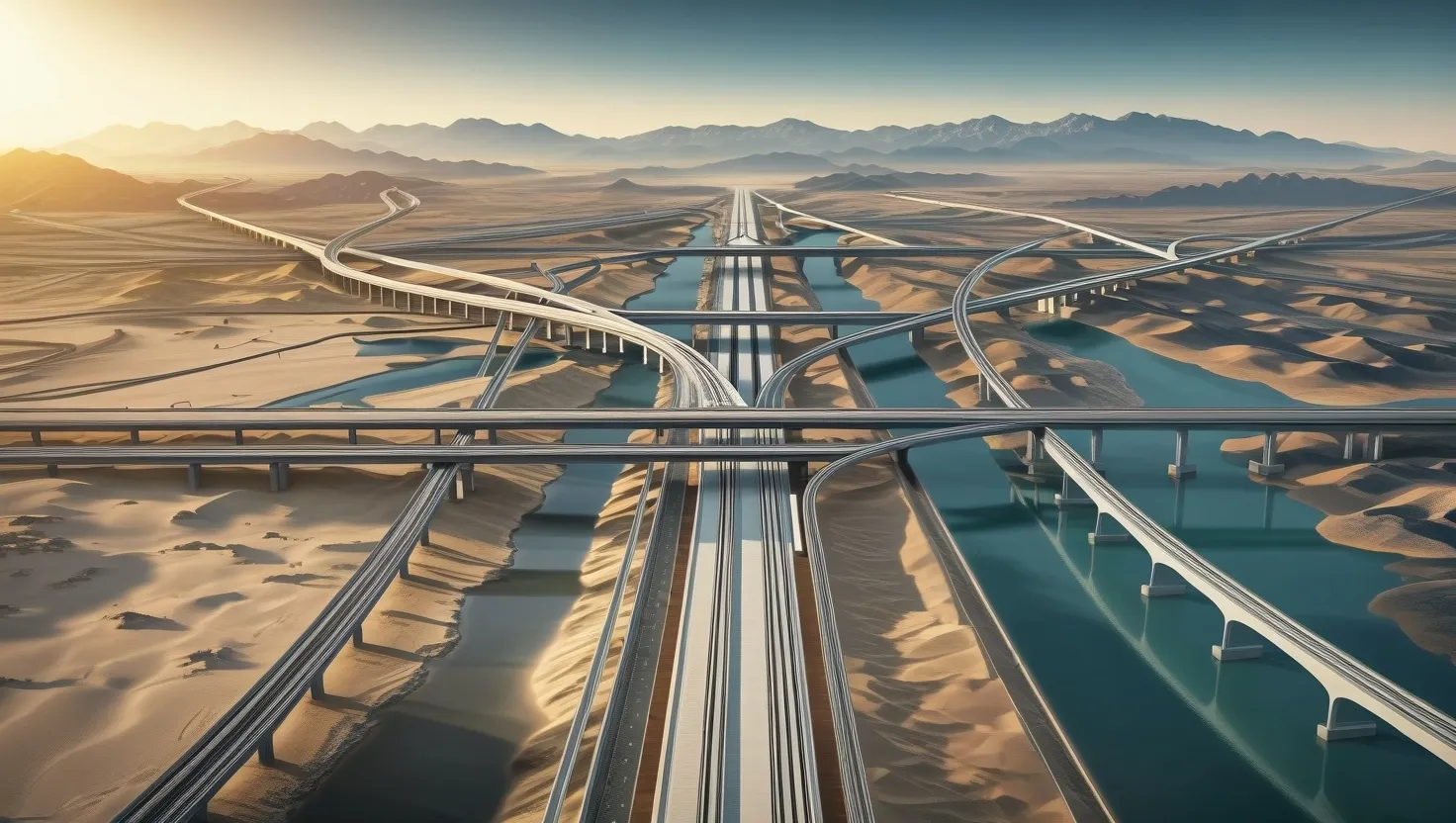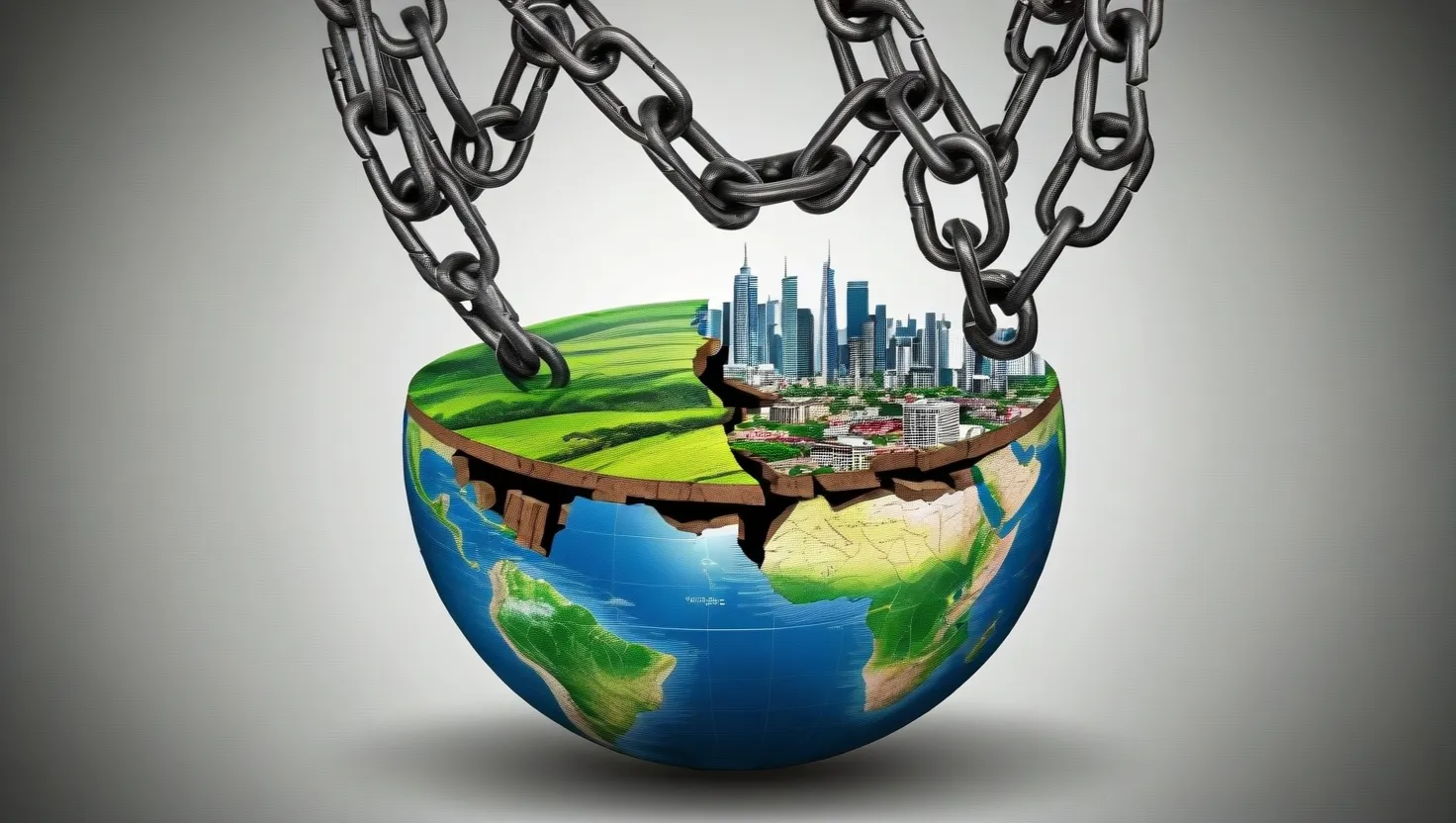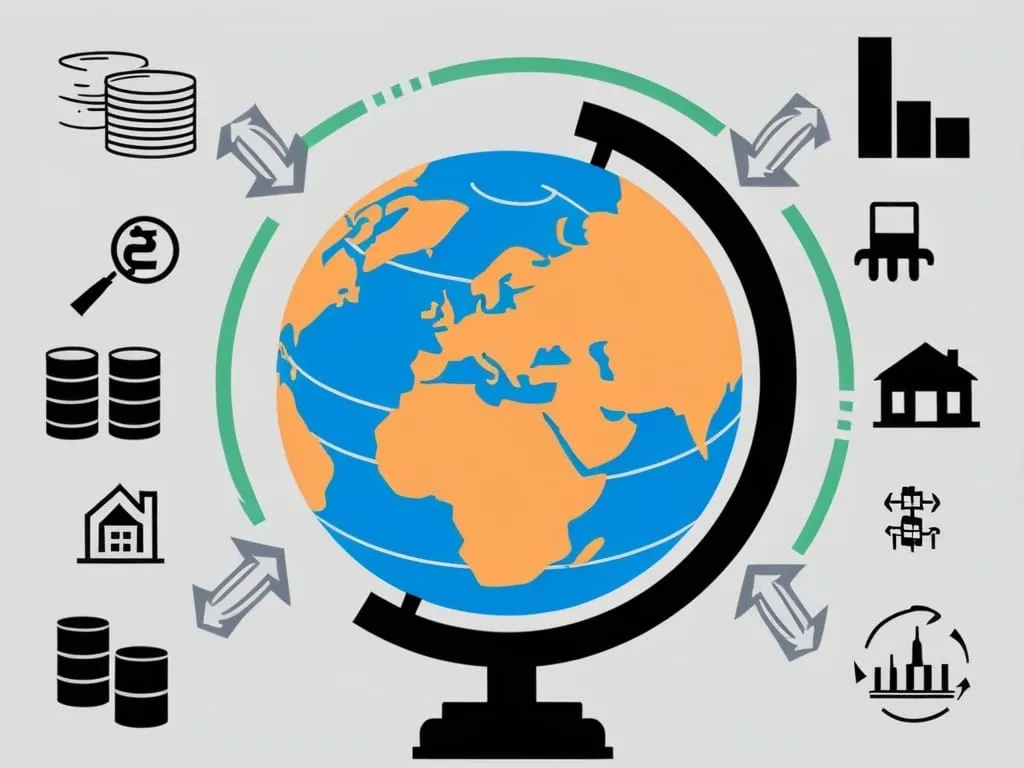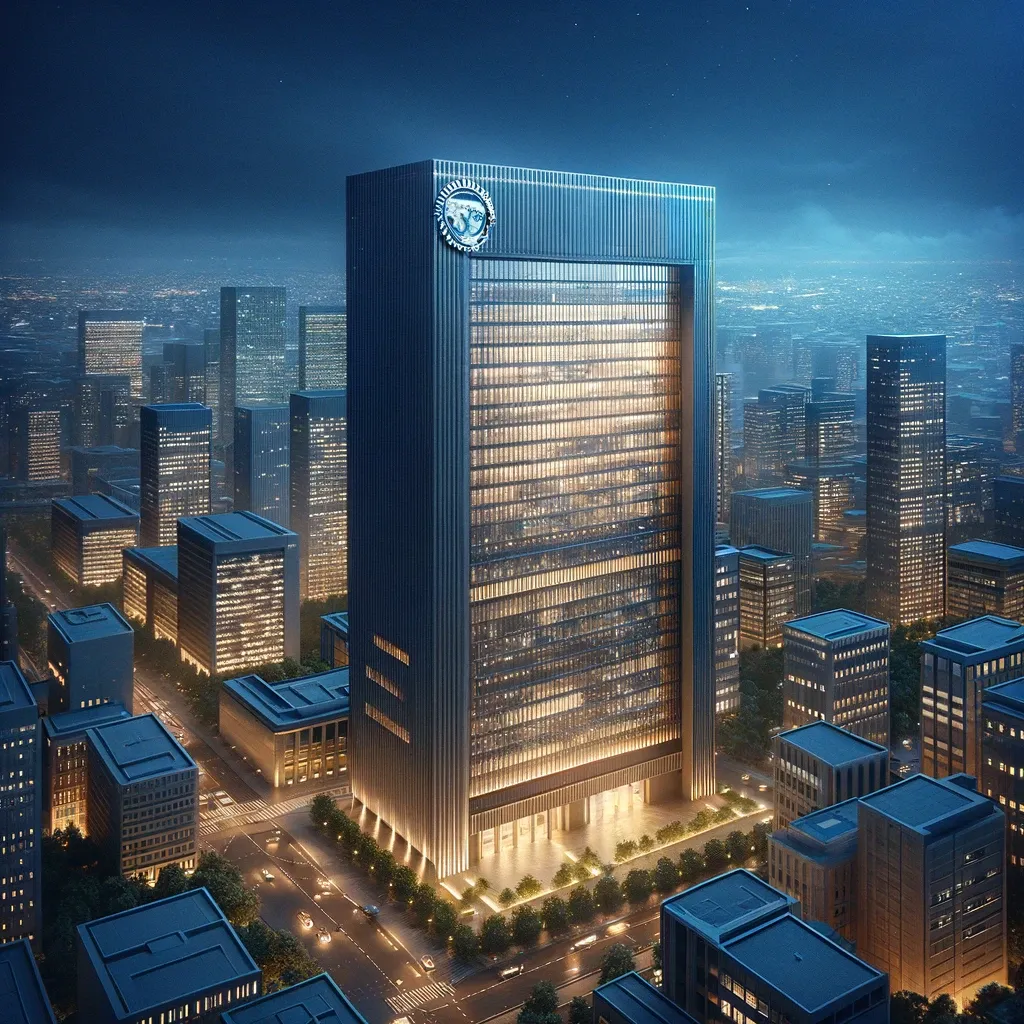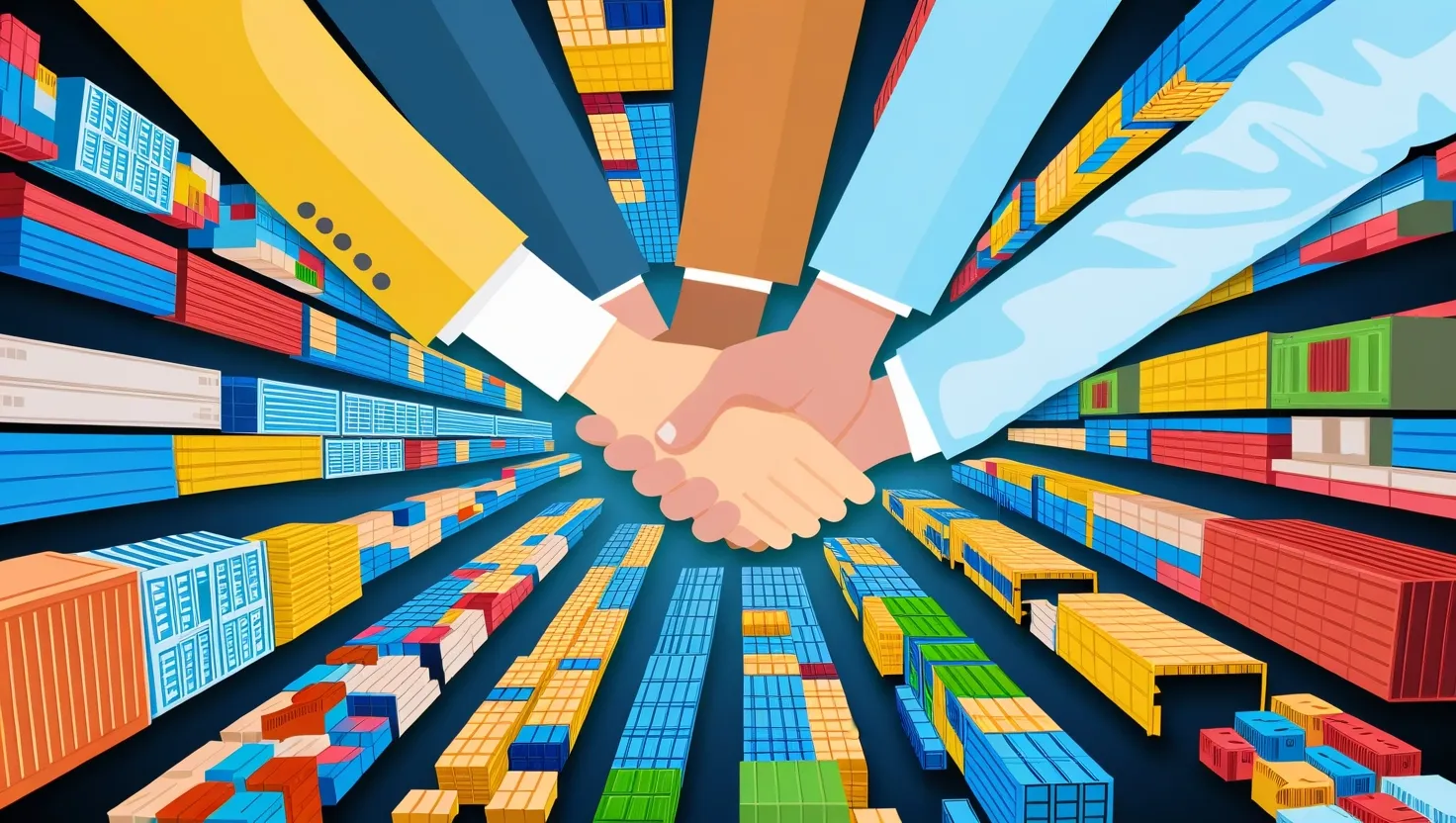The world of global infrastructure is undergoing a remarkable transformation, with ambitious multilateral development projects reshaping the landscape of international connectivity and cooperation. These grand initiatives span continents, cross borders, and aim to bridge gaps in transportation, energy, and economic integration. Let’s explore five of the most impactful projects that are changing the face of global infrastructure.
At the heart of Africa’s development aspirations lies the Trans-African Highway Network, a visionary project that seeks to connect 54 countries across the vast continent. This extensive network of roads, spanning thousands of kilometers, is more than just asphalt and concrete – it’s a lifeline for trade, cultural exchange, and economic growth. As I delve into the details of this project, I’m struck by its potential to revolutionize intra-African commerce and mobility.
The Trans-African Highway Network comprises nine main corridors, each with its own unique challenges and opportunities. From the Cairo-Dakar Highway stretching across the northern Sahel to the Lagos-Mombasa route linking West and East Africa, these roads are gradually taking shape. However, progress is not without its hurdles. Funding constraints, political instability in certain regions, and the sheer scale of the undertaking have led to numerous “missing links” – sections where the highway remains incomplete or impassable.
Despite these challenges, the benefits of the network are already becoming apparent in completed sections. Travel times between major cities have been significantly reduced, fostering increased trade and tourism. Economic zones are springing up along these corridors, attracting investment and creating jobs. The network is also playing a crucial role in rural development, connecting remote communities to markets and essential services.
“The end of all our exploring will be to arrive where we started and know the place for the first time.” - T.S. Eliot
This quote resonates deeply with the Trans-African Highway project. As Africa becomes more interconnected, its people are rediscovering their shared heritage and forging new bonds across borders. But we must ask: How can we ensure that the benefits of this network are equitably distributed among all African nations?
Shifting our gaze eastward, we encounter the Belt and Road Initiative (BRI), China’s ambitious plan to create a modern-day Silk Road. This colossal undertaking spans Asia and Europe, encompassing both land-based economic corridors and maritime trade routes. The scale of the BRI is truly staggering, involving infrastructure projects in over 70 countries.
The BRI’s impact on global trade and geopolitics cannot be overstated. By investing in ports, railways, and energy infrastructure, China is reshaping global supply chains and trade routes. Countries along the BRI corridors are experiencing increased foreign direct investment and improved connectivity to global markets. However, the initiative has also sparked debates about debt sustainability, environmental impact, and China’s growing global influence.
One of the most fascinating aspects of the BRI is its potential to revitalize ancient trade routes and cultural connections. Cities that were once vital stops on the Silk Road are finding new relevance in the 21st century. Yet, as we marvel at this grand vision, we must also consider its long-term implications. Will the BRI lead to more balanced global development, or will it exacerbate existing inequalities?
In the realm of energy infrastructure, the Central Asia-South Asia power project (CASA-1000) stands out as a groundbreaking initiative. This project aims to create an electricity transmission system linking Kyrgyzstan and Tajikistan with Afghanistan and Pakistan. By harnessing the hydropower potential of Central Asia to meet the energy demands of South Asia, CASA-1000 exemplifies the power of regional cooperation in addressing shared challenges.
The project’s benefits extend beyond mere electricity transmission. It has the potential to foster political stability through economic interdependence, promote renewable energy use, and improve living standards in some of the world’s most energy-poor regions. However, the complex geopolitical landscape of the region poses significant challenges to its implementation.
As I reflect on CASA-1000, I’m reminded of the words of Nikola Tesla: “If you want to find the secrets of the universe, think in terms of energy, frequency and vibration.” In many ways, this project is about more than just power lines – it’s about the energy of cooperation and the frequency of shared progress. But we must ask ourselves: How can we ensure that such projects prioritize the needs of local communities and ecosystems?
Turning our attention to South America, we find the South American Infrastructure Integration Initiative (IIRSA), a comprehensive plan to enhance physical integration across the continent. This ambitious project encompasses transportation, energy, and telecommunications infrastructure, aiming to boost regional trade and competitiveness.
IIRSA’s approach is unique in its emphasis on sustainable development and respect for the Amazon rainforest and other sensitive ecosystems. The initiative has led to the construction of new highways, modernization of ports, and improvements in border crossings. These developments are gradually transforming South America’s economic geography, creating new opportunities for trade and investment.
However, IIRSA also faces criticism from environmental groups concerned about the impact of large-scale infrastructure projects on biodiversity and indigenous communities. This tension between development and conservation is a recurring theme in many multilateral infrastructure projects. How can we strike a balance between economic progress and environmental stewardship?
Lastly, we turn to Southeast Asia, where the Greater Mekong Subregion (GMS) Economic Corridors project is redefining regional connectivity. This initiative, supported by the Asian Development Bank, aims to develop a network of transport corridors linking Cambodia, China, Laos, Myanmar, Thailand, and Vietnam.
The GMS Economic Corridors are more than just roads – they’re catalysts for economic transformation. By reducing travel times and logistics costs, these corridors are facilitating the growth of cross-border value chains and promoting tourism. The project also includes investments in power grids, telecommunications, and human resource development, taking a holistic approach to regional integration.
One of the most intriguing aspects of the GMS project is its potential to bridge the development gap between more advanced economies like Thailand and emerging markets like Myanmar and Laos. But as the region becomes more interconnected, new challenges emerge. How can the benefits of increased connectivity be equitably shared among all countries and communities in the subregion?
“The world is a book and those who do not travel read only one page.” - St. Augustine
This quote encapsulates the spirit of these multilateral infrastructure projects. By enhancing connectivity and fostering cooperation, they are opening new chapters in the story of global development. Yet, as we marvel at these grand initiatives, we must remain mindful of their complexities and challenges.
Each of these projects represents a bold vision for a more connected world. They promise to reshape trade routes, energy landscapes, and regional economies. However, they also raise important questions about sustainability, equity, and the balance of power in international relations.
As these projects progress, it’s crucial that we continue to evaluate their impacts and learn from both their successes and shortcomings. The future of global infrastructure lies not just in the physical structures we build, but in the partnerships we forge and the principles we uphold.
In conclusion, these five multilateral development projects are indeed changing global infrastructure in profound ways. They represent both the immense potential and the complex challenges of large-scale international cooperation. As we look to the future, the lessons learned from these initiatives will undoubtedly shape the next generation of global infrastructure projects.
What role can you play in shaping the future of global infrastructure? How might these projects impact your local community or region? These are questions worth pondering as we witness the unfolding of these ambitious visions for a more connected world.
